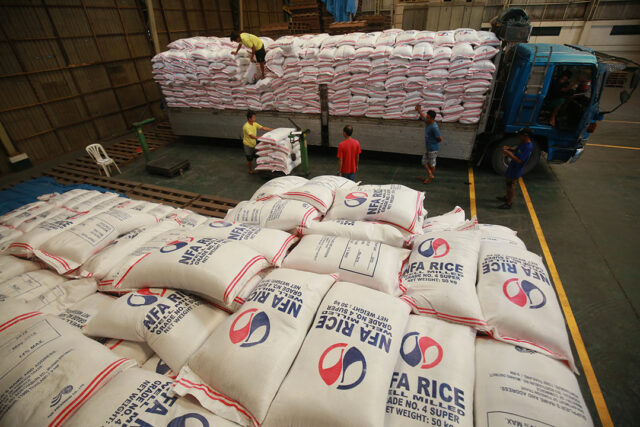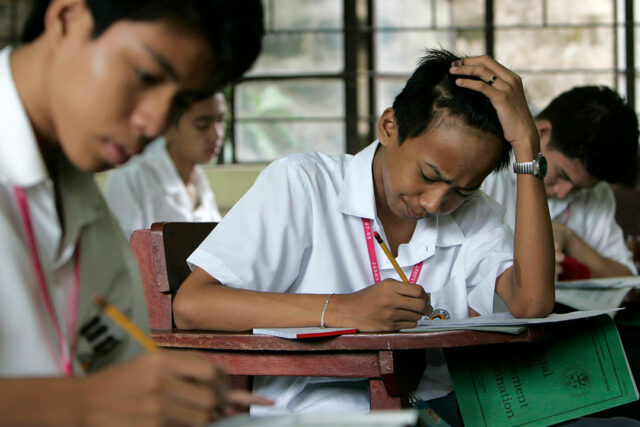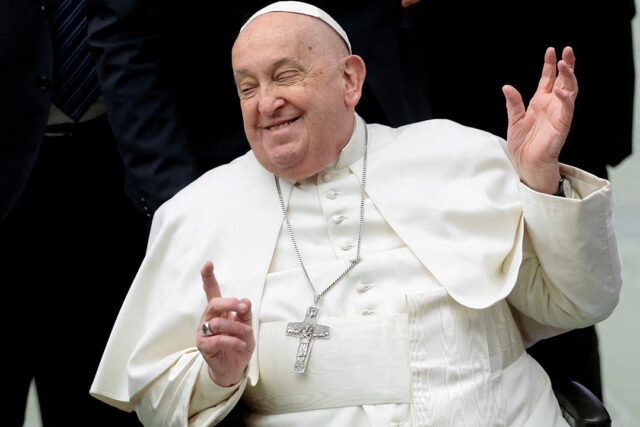The tariff wars continue to bring uncertainty to global trade, and businesses are bracing for impact. Philippine businesses are also bracing for other issues, like the increasing audit efforts of the Bureau of Customs. In 2024, the BoC’s Post Clearance Audit Group (PCAG) generated P2.710 billion through audits and voluntary-disclosure applications.
With the Bureau’s collection target ever increasing, PCAG is expected to raise P3.5 billion this year. Thus, more Audit Notification Letters (ANLs) can be expected, to cover more companies from various industries.
POST CLEARANCE AUDIT
Importers can be audited for shipments within three years from the date of payment of duties and taxes, or from the completion of customs clearance for duty and tax-free imports.
Considering the revenue target, PCAs tend to focus on areas that affect the duty and tax outcomes. Audit challenges may arise from valuation, and/or classification issues, as well as doubts on the origin of goods. In my experi-ence, the PCAG tends to jump in when:
• there are royalty or license payments, and/or post-import price adjustments related to transfer pricing, or the remittance of subsequent proceeds, etc.;
• actual freight and/or insurance expenses are higher than declared;
• goods are assigned other classification (harmonized system or HS) codes with higher duty rates; and/or
• doubts arise on the supportability of duty preferences availed under the benefit of a Free Trade Agreement.
For companies enjoying incentives, the PCA leans towards the examination of record-keeping practices, and on verifying whether the duty-and-tax free privileges availed are still intact under the changing incentive policies.
The above list is not exhaustive but such issues tend to set the PCA on the path to an examination.
Many companies are not aware that they are exposed to such risks because they believe they have made truthful declarations to the best of their ability. Note that import declarations are made based on self-assessment, and so are susceptible to the scrutiny of the BoC at the port of entry and/or during PCAs.
Although imports play a crucial part in many businesses, most customs-related operations and requirements are undertaken by third-party service providers on the company’s behalf. Many companies tend to be heavily reliant on third parties with minimal oversight. One cannot be blamed though as the intricacies of customs require specialization and dedicated attention.
Third party service providers are subcontracted to clear shipments from customs custody. However, they typically focus on getting shipments cleared and delivered at the soonest possible time. This sometimes creates uninten-tional compliance gaps or errors, and the company will primarily be liable to the BoC. Given this, it is important to partner with a reputable and trustworthy third party.
Companies may be caught unprepared for a PCA without an effective customs compliance process. Moreso, the PCA rules only provide for a short span of time for companies to act on or respond. This can be troublesome for compa-nies with large volumes of imports. When this happens, they face additional duties and taxes plus hefty penalties.
There are also penalties for poor record-keeping practices, which could involve surcharges, a waiver of rights to contest audit findings, cancellation of import privileges, and others. Companies may also be assessed fines for cler-ical errors for improperly filing out customs forms.
PRIOR DISCLOSURE PROGRAM (PDP)
A company can mitigate the risk of audit and related fines if it acts quickly, either at an early stage of an audit, or even before the PCAG knocks on its door. As a mitigating mechanism, the BoC has the Prior Disclosure Program (PDP).
By BoC definition, the PDP is based on international customs best practices, authorizing the Commissioner of Customs to accept voluntary disclosure from importers regarding errors and omissions in goods declaration resulting in deficiency in duties and taxes on past imports. The PDP can also be utilized for disclosures on royalties and other proceeds of any subsequent resale, disposal or use of the imported goods that accrue directly or indirectly to the seller.
The PDP reduces potential fines that would otherwise apply should PCAG identify underpaid duties and taxes during a PCA.
In a PCA, negligence carries a penalty of 125% with a 20% yearly interest, while fraud yields a penalty of 600% with 20% yearly interest. In a PDP, companies selected for PCA face a reduced fine of only 10% penalty on top of the 20% interest. A successful PDP application can lead to the closure of PCA investigation.
Outside of a PCA, PDP applicants can settle deficiencies without any fine other than the 20% yearly interest for declaration errors. Additionally, PDP applicants can settle deficiencies without any penalty or interest for post-import adjustments of import prices, including royalties, license fees, price adjustments, and proceeds if the application is made within 30 days from the date of accrual or adjustment. However, if the application is made after 30 days, the 20% interest penalty will still be imposed.
The filing of PDP for companies outside of the PCA can be seen as an act of transparency and a proactive measure to improve compliance. Because of this, filers can be considered low-risk and assigned the least priority during the audit selection process.
To put forward a well-supported and effective PDP application, it is imperative to have the knowledge of the customs issues to be disclosed and of the duty and tax exposures. This is where an effective compliance program comes in.
BE PCA-READY
Below are some practices that can be useful to start or manage a customs compliance program.
• Understanding the company’s operations, volume of import transactions, rates of duties used, preferential treatments applied (if any), licenses required, historical challenges, customs-related processes, among others.
• Conducting a periodic review of internal operations and customs documents to identify process gaps and improvement opportunities. This could help quantify potential risk exposure for devising corrective measures and modi-fications of policy to better align with compliance requirements.
• Establishing a compliance manual containing updated policies and processes relating to customs transactions. This should include risk identification and escalation process in cases of BoC challenges.
• Providing employees access to relevant training on customs rules and regulations, and related compliance requirements.
• Agreeing on compliance expectations with the third-party service provider and performing a periodic evaluation to assess their compliance level and efficiencies.
By embracing proactive measures and thorough preparations, businesses can navigate the complexities of customs audits with confidence and stay ahead of potential pitfalls. With adequate preparation and proactive involve-ment, companies can be one step ahead and PCA ready.
The views or opinions expressed in this article are solely those of the author and do not necessarily represent those of Isla Lipana & Co. The content is for general information purposes only, and should not be used as a sub-stitute for specific advice.
Luningning Pizarra is a senior manager at the Tax Services department of Isla Lipana & Co., the Philippine member firm of the PwC network.
luningning.m.pizarra@pwc.com












